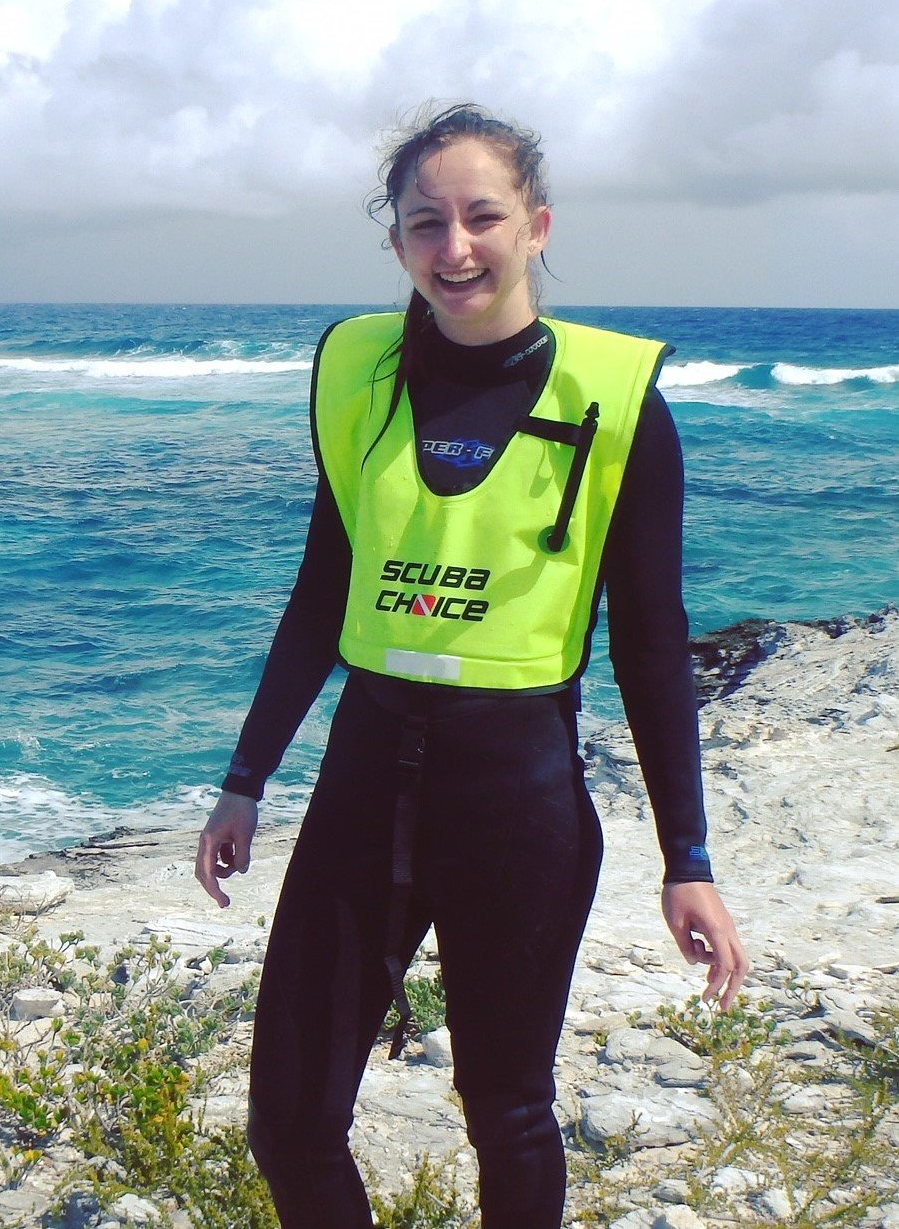Sara Schoen to Speak as Featured Guest for Nantucket Maria Mitchell Association’s Science Speaker Series
On January 27th, 2021 at 7pm, the Nantucket Maria Mitchell Association (MMA) is hosting a live lecture entitled, “Splitting Up a Complex Mess: Integrating Statistics to Understand the Limnonectes kuhlii Complex,” presented by Sara Schoen. This talk is part of our FREE Winter Science Speaker Series and will be held via Zoom.
Fourty-one percent of known amphibian species are declining, but have you ever considered the decline of the species we have yet to identify? For a conservationist, it’s terrifying to think about because we won’t notice until the loss is irreversible. Some species are cryptic, meaning we don’t notice them, others are cryptic because they look almost identical to another species. These similar species can be lumped together into a single species and accidentally create a species complex. Species complexes hinder conservation efforts because the populations seem stable and healthy, but what if they aren’t a single species and we treat them like one? What happens when we lose one? Will we only know what we’re missing when it’s gone or is there another way? The good news, species complexes are a difficult, yet solvable problem. We just need some help from statistics to create new tools to delimit species complexes and define clear differences between species. This is the only way to understand declining populations and define biodiversity in an area.
Sara Schoen received her Master’s in Biology from James Madison University where she conducted research on the Limnonectes kuhlii complex, a cryptic species of Southeast Asian stream frogs. In that time, she determined a novel statistical method for refining the morphometric characters to distinguish and delineate between candidate species. These results and new methods have been recently published, and more papers are in motion to continue to push these new techniques to aid in further understanding the kuhlii complex. Schoen is interested in using statistics to answer biological questions and aiding in the conservation of species. Due to this, her projects focus on statistical analysis of big data and allow for her to take part in various research, including her current PhD project to investigate and analyze the Global FinPrint data with an interest in moray eels and barracuda.
To register for this event, please follow the link below:
https://zoom.us/webinar/register/WN_vTns7NGmRX-gVfU65CRuig
For the full Winter Science Speaker Series schedule, please visit our website here:
https://www.mariamitchell.org/learn-discover/2021-winter-speaker-series
This series is organized by the Maria Mitchell Association, a private non-profit organization. Founded in 1902, the MMA works to preserve the legacy of Nantucket native astronomer, naturalist, librarian, and educator, Maria Mitchell. The Maria Mitchell Association operates two observatories, a natural science museum, an aquarium, a research center, and preserves the historic birthplace of Maria Mitchell. A wide variety of science and history-related programming is offered throughout the year for people of all ages.
For Immediate Release
January 21, 2021
Contact: Kelly Bernatzky, MMA Development Associate
Recent Posts





